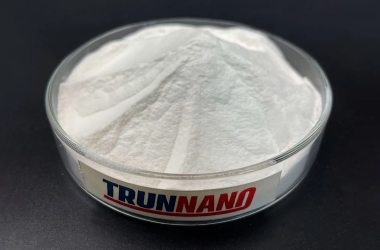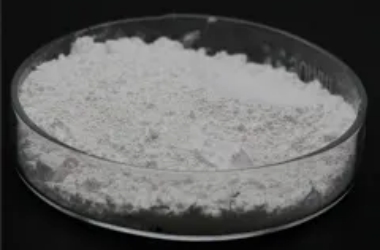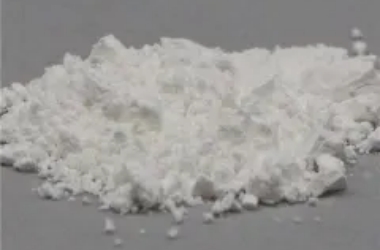
Zinc sulfide (ZnS) is a compound semiconductor with a wide direct bandgap and n-type conductivity. It is a viable candidate for light-emitting diodes, electroluminescent devices, flat panel displays, infrared windows, sensors, lasers, and solar cells. Many methods have been used to prepare ZnS nanostructures, including electrochemical deposition, micro lotion, solvothermal, sol-gel, coprecipitation, combustion synthesis, pyrolysis, hydrothermal, laser ablation and vapour deposition. The hydrothermal method has strong adaptability, high production efficiency, and is adjustable; It does not require grinding or calcination, has low pollution, and is cost-effective. It also has a high ability to regulate the nucleation process.
Defect engineering is a promising method for improving light capture in photocatalytic materials such as zinc sulfide (ZnS). By changing the S/Zn molar ratio during hydrothermal processes, Zn and S defects were successfully introduced into ZnS crystals. The band structure can be altered by adding defects to the crystal structure of ZnS samples. During the processing, defects may form on the surface. XRD and Raman studies are used to confirm the crystallinity and phase formation of the sample. The influence of crystal defects on the structural characteristics of ZnS nanoparticles can be studied through X-ray peak pattern evaluation based on the Debye Scherer model, Williamson Hall model, and size strain map. Using UV Vis DRS to estimate the band gap (E) value, it was found that by changing the S/Zn molar ratio, E g g decreased from 3.28 eV to 3.49 eV. Photoluminescence studies (PL) show that these ZnS nanoparticles emit purple and blue radiation. Consistent with the results of XRD, TEM demonstrated the nanoscale of the prepared sample and exhibited small agglomerations of uniform nanoparticles. Scanning electron microscopy was used to detect the surface morphology of ZnS particles. The elemental composition was evaluated and validated using inductively coupled plasma emission spectroscopy (ICP-OES) and X-ray photoelectron spectroscopy (XPS). The XPS results indicate that the prepared ZnS nanoparticles have defects. To investigate vacancy-dependent catalytic activity under visible light irradiation, defective ZnS with different numbers of Zn and S vacancies were used as the catalyst. The lowest S/Zn sample is ZnS0. 67 and the highest S/Zn sample, ZnS3, showed excellent photocatalytic activity.

Zinc sulfide is an important II-VI compound semiconductor material with a wide bandgap (approximately 3.7 electron volts) and high exciton binding energy (approximately 260-290 kilo electron volts), making ZnS widely applicable in the fields of optoelectronic materials, optoelectronic devices, and photocatalysis.
The characteristics of Zinc Sulfide
- Optical performance: ZnS has excellent optical properties, such as a wide emission spectrum range and high fluorescence quantum efficiency, making it widely used in fields such as fluorescent powders, lasers, and displays.
- Semiconductor properties: ZnS is a direct bandgap semiconductor with high electron and hole mobility, making it potential to manufacture electronic devices such as solar cells, light-emitting diodes, and field-effect transistors.
- Photocatalytic performance: ZnS has photocatalytic activity and can use light energy to decompose water to produce hydrogen gas and degrade organic pollutants, making it widely applicable in photocatalysis.

Application of Zinc Sulfide
- Fluorescent powder: ZnS is an important fluorescent powder material used in the manufacturing of fluorescent lamps, displays, lasers, etc.
- Electronic devices: Due to their excellent semiconductor properties, ZnS can manufacture electronic devices such as solar cells, light-emitting diodes, and field-effect transistors.
- Photocatalysis: ZnS can be used for photocatalytic decomposition of water to produce hydrogen gas and photocatalytic degradation of organic pollutants.
- Ceramic and glass manufacturing: Zinc sulfide can be used to manufacture ceramics and glass, increasing their transparency and hardness.
- Coatings: Zinc sulfide can be used to manufacture coatings, improving their corrosion resistance and weather resistance.

Supplier
TRUNNANO is a supplier of molybdenum disulfide with over 12 years of experience in the manufacturing of chemical materials. It accepts payments through credit cards, T/T, Western Union transfers, and PayPal. Trunnano will ship the goods to overseas clients through FedEx, DHL, and air or sea freight. If you are looking for high-quality Zinc Sulfide, please contact us and inquire.